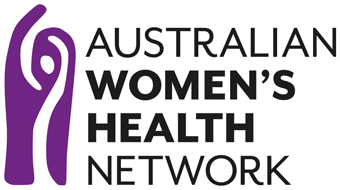The health and social costs of women sleeping rough in Australia’s cities
Publisher: Centre for Social Impact University of WA
Status – CURRENT
The first detailed picture using non-administrative data of the physical and mental health outcomes and broader life experiences of women sleeping rough in Australia. Women sleeping rough experience elevated rates of physical and mental health conditions, substance abuse issues, domestic violence and interactions with the justice system relative to both the general population and women experiencing other forms of homelessness (such as couch surfing or supported accommodation).

